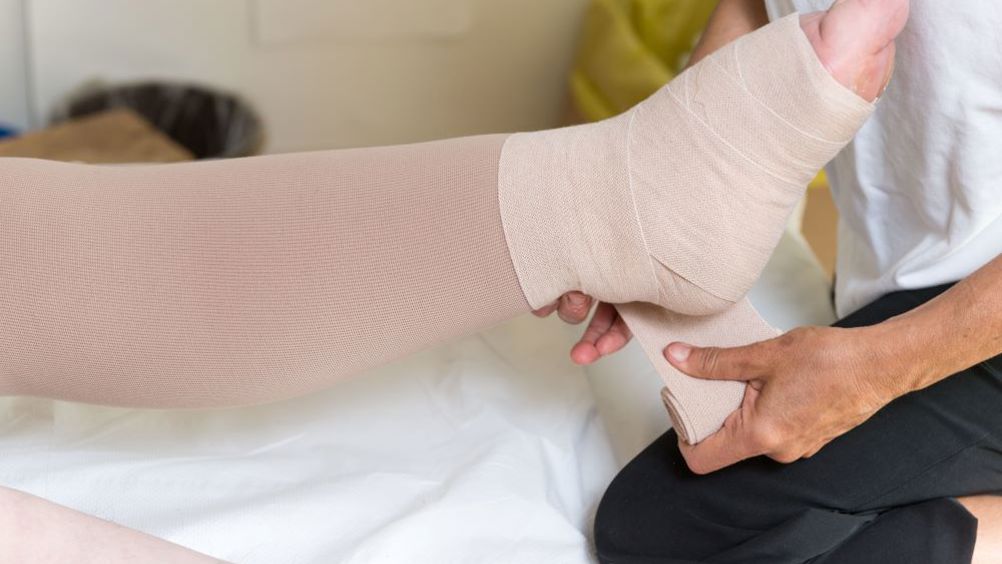References
Use a wrap instead: using compression wraps in lymphoedema and venous disease

Abstract
Lymphoedema is more than ‘swollen legs’; it is an unpleasant condition that affects approximately 260 000 people in the UK. This article briefly looks at what the lymphatic system is and what lymphoedema is. It then looks at compression wraps and argues for wider use with patients, as they can promote self-care in patients.
Every nurse, at some point in their career, has encountered a patient with swollen legs as a result of lymphoedema. In the UK, Lymphoedema affects approximately 1.3 to 3.9 out of a 1000 individuals (Brown, 2019). This equates to about 260 000 people (Lee et al, 2017). There is a high correlation with age, with those aged 65-74 years showing an increased prevalence rate of 10.3 per 1000 individuals (Brown, 2019).
Lymphoedema is often dismissed as just ‘swollen legs’ when it can be a condition that has a severe impact on a patient's quality of life (QOL). This article looks at the use of compression wraps in treating lymphoedema, along with its benefits, especially as it allows patients to manage their own care.
The lymphatics are a complex system that drain fluid out of the body's tissues and back into the circulatory system. Initial lymphatics are made up of a single layer of endothelial cells—the cells that also line blood vessels—that occupy the spaces between tissues and are anchored to the skin and muscles by fine filaments. As the skin and muscles stretch and contract with the body's movements, especially those of the limbs, the fine filaments open and close the initial lymphatics, drawing fluid along them. The fluid is sent to collecting vessels and from there, into the lymph nodes. The fluids eventually get back into the circulatory system (Lee and Lawrance, 2017)
Register now to continue reading
Thank you for visiting Community Nursing and reading some of our peer-reviewed resources for district and community nurses. To read more, please register today. You’ll enjoy the following great benefits:
What's included
-
Limited access to clinical or professional articles
-
New content and clinical newsletter updates each month

